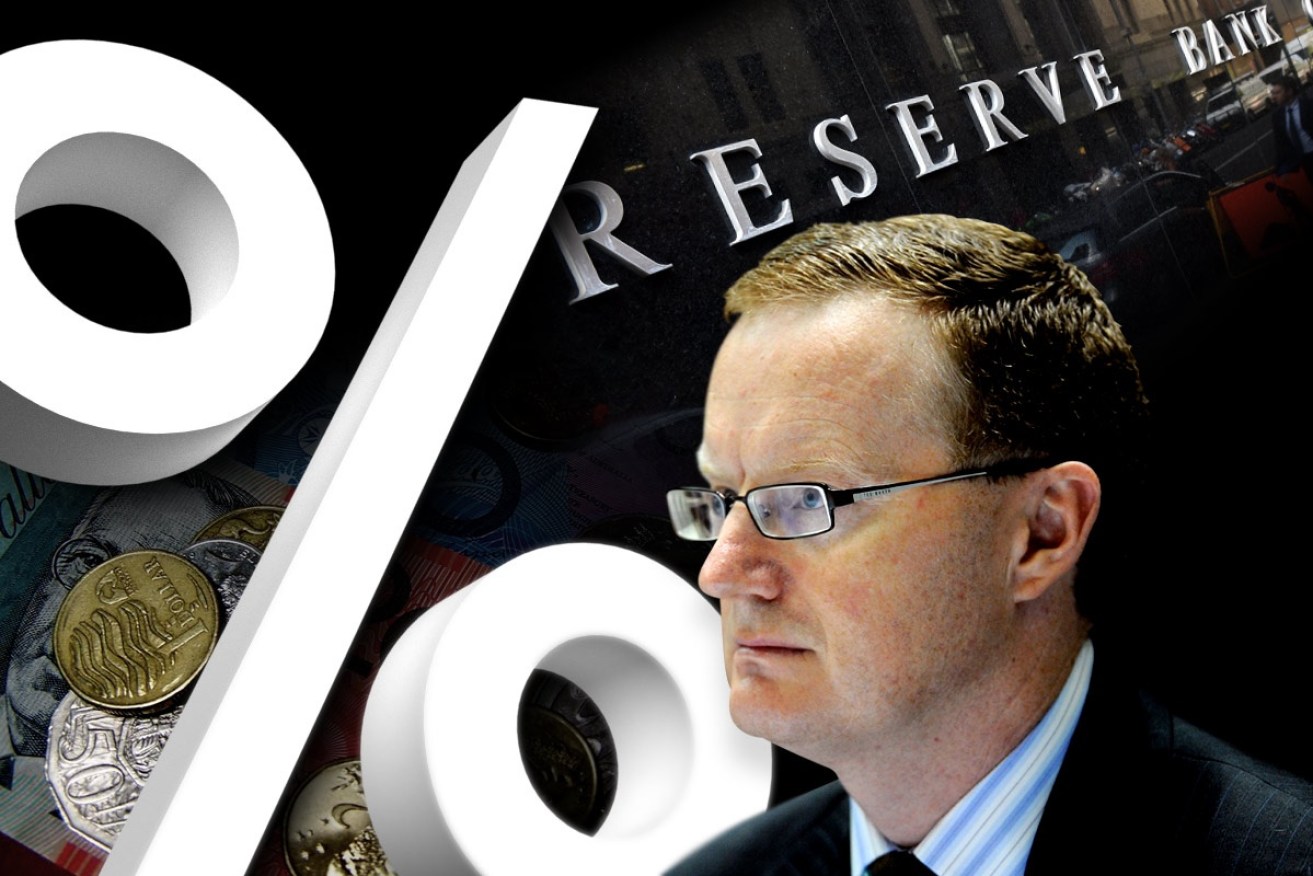RBA signals interest rates may go even lower

Consequently, Australia’s household debt to GDP ratio is amongst the highest in the world.
To central bank watchers, it looks like the Reserve Bank is happy that banks are hiking mortgage rates out-of-cycle, as it wants to boost spending without stoking the property boom.
The RBA dropped a coded signal that it is considering further interest rate cuts in its latest comments on the economy, published on Tuesday.
“The Board judged that developments in the labour and housing markets warranted careful monitoring over coming months,” according to minutes from the April 4 monetary policy meeting.
You’d be forgiven for overlooking this message, as it was found in the very last sentence of the minutes.
But it spoke volumes to informed observers, who carefully parse every syllable issued by Australia’s central bank. This was because the wording was very different to previous statements.
Analysts, including at JP Morgan and the Royal Bank of Canada, interpreted this line as a shift in stance from a ‘neutral bias’ to the RBA eyeing a ‘dovish’ potential cut.
On key measures, the Australian economy looks like it badly needs stimulus. Inflation is below target (1.5 per cent), employment is sluggish (2.4 per cent), wage growth is at a record low (1.9 per cent), and the economy is growing slowly (2.4 per cent).
But as the RBA has noted many times, ultra-low interest rates have pushed up property prices, especially in Sydney and Melbourne, and the fear is that further cuts could stoke the boom even more.
As house prices have outpaced wages, household debt is heading towards 130 per cent of income, up from 50 per cent in the 1990s, according to the RBA’s latest estimates. Many experts fear rate rises or an external financial shock, such as the global financial crisis of 2008, could plunge these indebted households into strife.
Before the banks started lifting rates, the central bank was in a bind, as it sought to juggle its dual mandates of preserving financial stability while getting inflation back on target.
RBA governor Philip Lowe acknowledged this conflict when he told Parliament in February: “The balance that is required is to support spending in the economy today while avoiding creating fragilities in household balance sheets that could cause problems for the economy later on.”
Since then, the RBA has heaped praise on tighter regulations on bank lending imposed by ASIC and APRA, its fellow members of the Council of Financial Regulators.
And it nodded sagely while the big four banks, and several smaller lenders, jacked up rates, especially on interest-only loans to investors.
It would seem the regulators and commercial banks have done the RBA’s dirty work on constraining property market risks. In its latest financial stability review, the RBA noted housing market risks, but concluded: “Nonetheless, indicators of household financial stress currently remain contained and low interest rates are supporting households’ ability to service their debt and build repayment buffers.”
The Royal Bank of Canada’s analyst said the April minutes were “a step away from a neat and tidy neutral bias” and predicted a 25 basis points cut in the fourth quarter of 2017.
JP Morgan’s analyst said the RBA’s remark on housing and labour market “triggers” for a rate cut was “unusually specific”, and concluded that “generally we would regard these remarks as dovish [disposed towards a rate cut]”.
“If an interest rate move is to be made in the near term, down is much more likely than up, so today’s shift in guidance can only feasibly be read as the RBA opening the door to a possible easing.”








